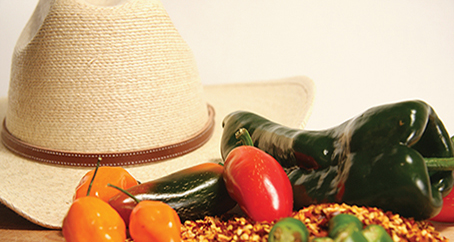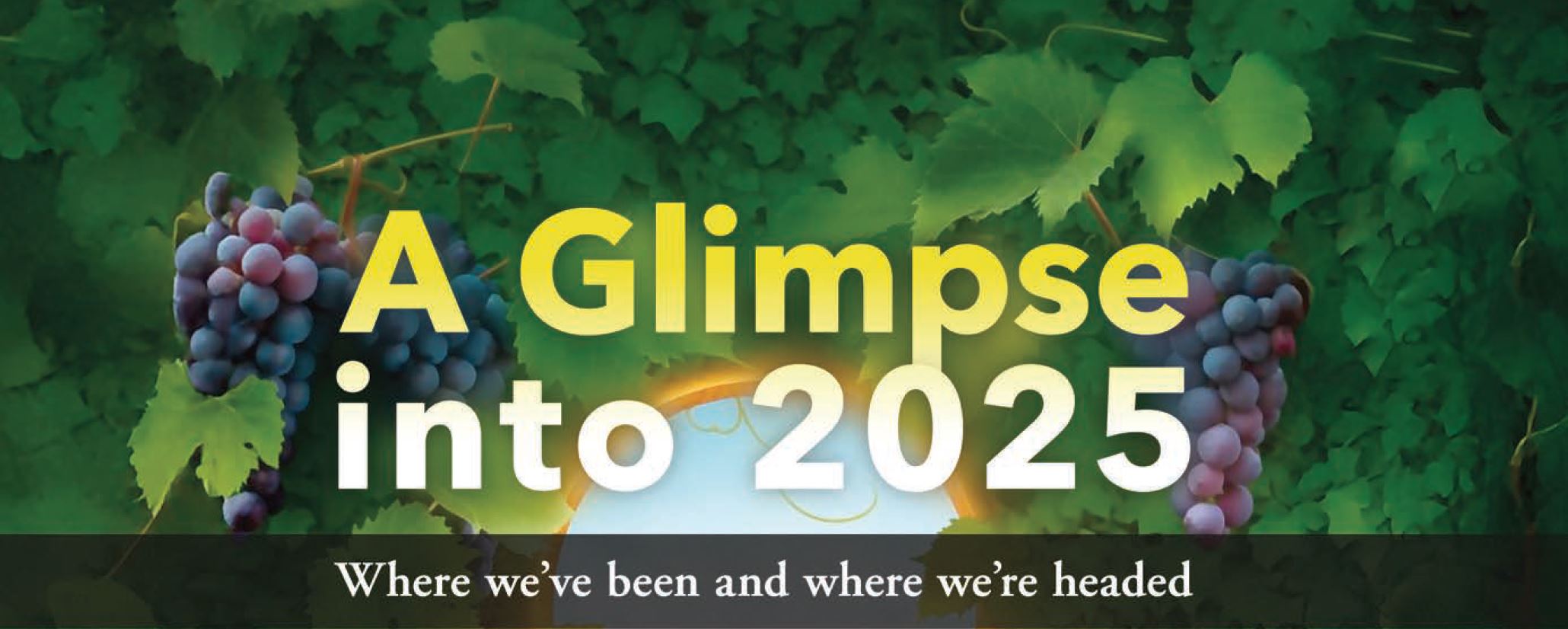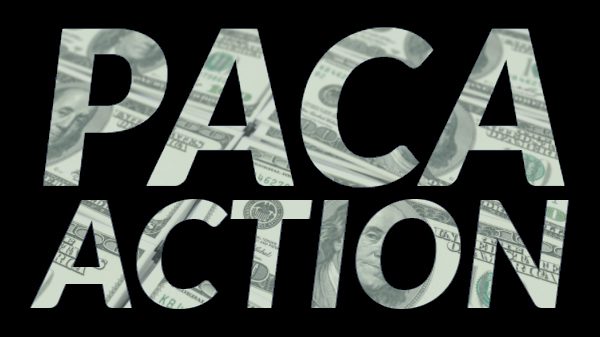Welcome to Blue Book!
Are you ready to join the thousands of companies who rely on Blue Book to drive smarter decisions? View our plans and get started today!
Still have questions? We’d love to show you what Blue Book can do for you. Drop us a line– we’ve been waiting for you.

Another issue is food safety. Local farms have not been as quick to achieve certification and compliance with regulations, often because they can still find retail customers who may not require certification, and sometimes because of the investment to come into compliance. Stachurski says Hardies has a “Greener Fields Together” program where the company works with local growers to help pay for audits so they can achieve compliance. “Many of the local suppliers we’ve worked with for 20-plus years are not yet certified, and while we’d love to do business with them—that will be a barrier.”
Organics: Yes and No
Organics are also a mixed bag in the Dallas wholesale market, impacted by both price and supply. “Usually, for restaurants, organic costs too much,” Taylor explains. “I think because of the price I don’t get a lot of demand for organics with the exception of prewashed organic spring mix. But I would say 80 to 90 percent of the restaurants stick to conventional, while a few specialty restaurants serve organic produce.”
Stachurski says the demand is growing, and the issue of delivering to specialty restaurants and consumer segments who want organic is not as much about price as supply. “Organic continues to grow but the supply issues are still a challenge,” he points out. “Price can be a factor, but the main challenge is having consistent supply. If a restaurant wants to serve organic cucumbers 52 weeks a year and they’re only available 48, that’s a challenge.”
Similarly, the smaller loads aren’t as profitable and practical for distributors and brokers. “A little more organic is popping up here and there,” notes Douglas. “Some of our customers want organic but those are low-volume deals. As a broker, it’s hard to dabble because it’s all about volume. At times, it makes more sense, like when Mexico got hit by rain and conventional cost just as much as organic, but it depends on the commodity and the market, and often comes down to price.”
Looking Forward
Looking at the past year, weather was the biggest factor affecting the Dallas produce industry. Storms in Mexico, on the East Coast, and throughout Texas created shortages and prohibitively high prices for some commodities. For some, the supply shortage meant profit, but for others it was lost business.
All in all though, the growers and distributors based in the Big D and its surrounding counties are holding their own and looking forward to the next deal.
Image: ©iStock.com/corinhodder




